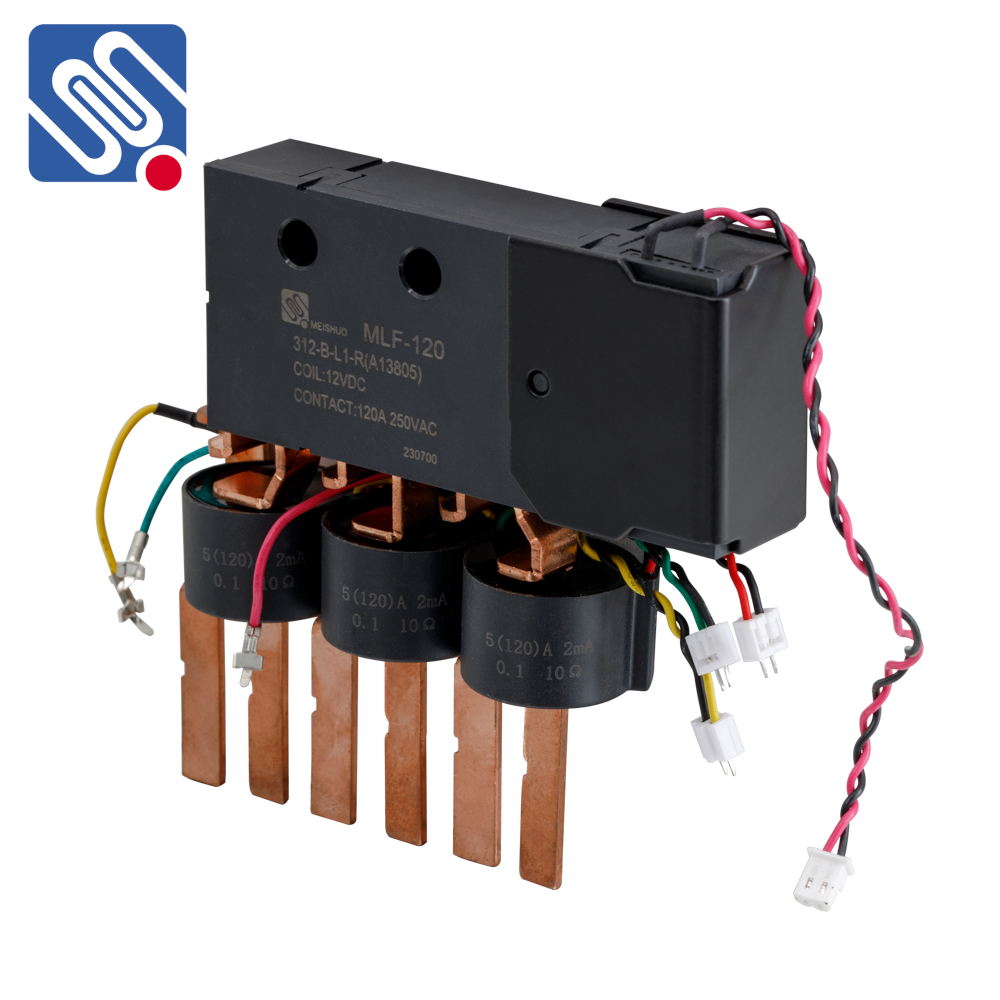understanding relay assembly: a key process in electrical systems
Release time:2025-07-23 08:26:59
Relay assembly plays a pivotal role in electrical and electronic systems. These components are vital in controlling circuits, especially when there’s a need to switch high-voltage devices with a low-voltage signal. Relay assembly is not just about putting parts together; it’s a highly technical process that ensures the device functions correctly and safely. In this article, we will explore the importance of relay assembly, the steps involved, and its applications in various industries.

What is a Relay?
Before diving into the assembly process, it’s essential to understand what a relay is. A relay is an electrical switch used to control a circuit by opening and closing contacts when triggered by a low voltage or current. The mechanism operates through an electromagnetic coil that, when energized, moves a set of contacts, either opening or closing them, depending on the relay design. Relays are widely used in applications where it is necessary to control high-power devices with a low-power signal, such as in automotive systems, industrial machinery, and even home appliances.

